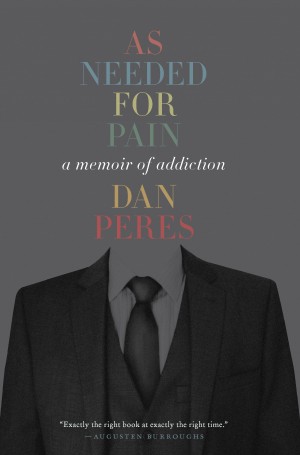Star Trek’s Mr. Spock is the epitome of “the other”: he is constantly caught between the worlds of Human and Vulcan. Yet this character was beloved from the start. Audiences appreciated his internal struggle between logic and emotion, between solitude and loyalty. He appealed to so many people, especially the Jewish community, who saw themselves in his “otherness” and in the Vulcan salute that has its origins in a blessing performed by the Kohanim.
In his memoir, The Most Human, Adam Nimoy details his life as the son of one of the most recognizable actors of our time. Nimoy, too, was caught between two worlds: there was the perceived perfect family of acclaimed actor Leonard Nimoy, and there was Nimoy’s own reality of a conflicted home life. While a similar memoir might be advertised as a “tell-all” about a public figure, Nimoy takes care to be as fair as possible to his father, the other important people in his life, and himself. He describes his childhood during the era of Star Trek, his career shifts, his experience starting his own family, and his recovery from addiction.
Throughout The Most Human, Nimoy looks back on his relationship with his father and how it affected his life. A main theme of the book deals with breaking intergenerational cycles. Leonard Nimoy was the child of Ukrainian Jewish immigrants who were initially unsupportive of his aspiration to be an actor; Nimoy speculates that his father’s tendency to be emotionally distant and often detached from family life was due to Leonard’s own fraught upbringing. Nimoy recounts his struggle to connect with his father, a man he greatly admired but could never understand. “Like Spock,” Nimoy writes, “my father was often inscrutable — it was hard to know what he was thinking or feeling.” When it came to raising his own children, Nimoy made an effort to be communicative, to be “the father [he] never had.”
Nimoy discusses how AA recovery taught him to better regulate his emotional responses and to be thoughtful about his interpersonal relationships. Navigating divorce, loss, and friendships on top of handling his complex relationship with his father took care and the determination to “make amends.” He openly explores his struggles with parenting, dating, and caring for family members — all of which he does while prioritizing his recovery.
In the end, Leonard and Adam Nimoy were able to reconcile in their own ways: Nimoy learned to let go of resentment, and his father made an effort to support his son during a difficult and emotional time. Featuring Jewish themes and biblical allusions to the Akedah (Binding of Isaac) and Jonah and the Whale, The Most Human describes the ever-changing nature of parent-child relationships — both in and out of the spotlight. The book reminds us that our relationships are always going to be complicated, but that does not negate their significance in our lives. It reminds us that, though we might struggle to admit it, our parents are just as human as we are.
Isadora Kianovsky (she/her) is the Membership & Engagement Associate at Jewish Book Council. She graduated from Smith College in 2023 with a B.A. in Jewish Studies and a minor in History. Prior to working at JBC, she focused on Gender and Sexuality Studies through a Jewish lens with internships at the Hadassah-Brandeis Institute and the Jewish Women’s Archive. Isadora has also studied abroad a few times, traveling to Spain, Israel, Poland, and Lithuania to study Jewish history, literature, and a bit of Yiddish language.




